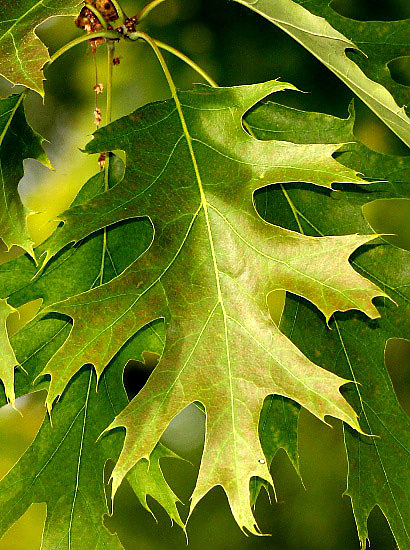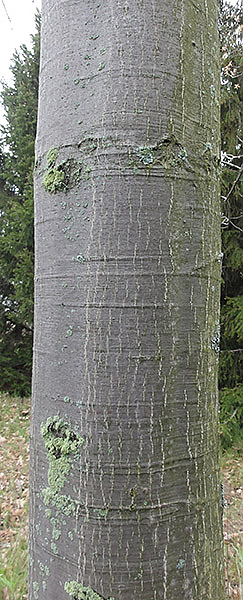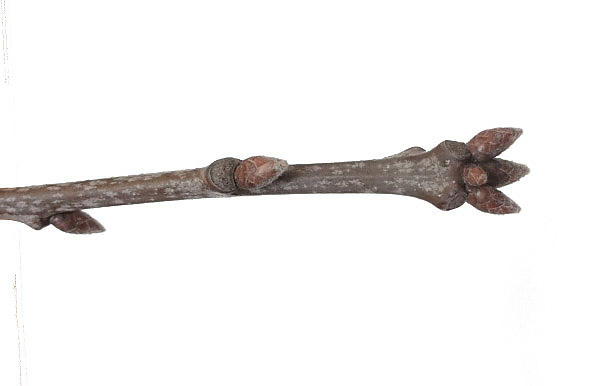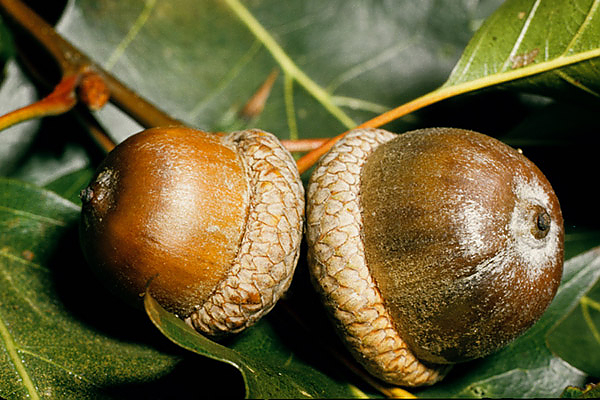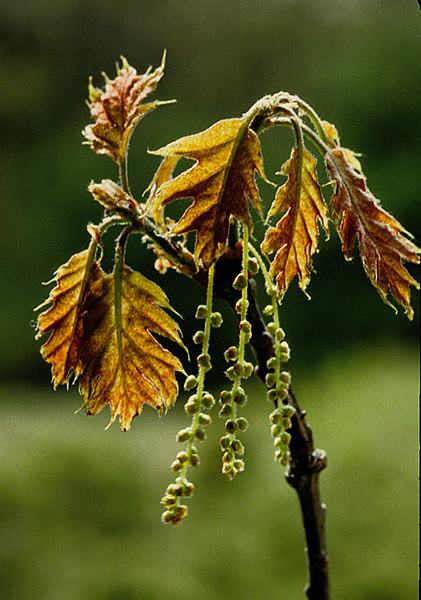Identification:
Leaves—
sharp edges, medium sized, comes in red, yellow and green color, typical maple shape
Twigs—
long, not too thin, dull brown color
Flowers—
small green colored clusters.
Fruit—
small smooth acorns
Bark—
not too rough, dull brown color
Natural History:
Lifespan—
Between 200–400 years
General description—
This moderately fast-growing tree was introduced to Europe in 1724. This tree is sensitive to wildfires and certain insects and oak wilt disease. This tree can grow in both warm and cool soil.
Natural distribution and habitat—
Native to North America and they are usually found on the east coast.
Conservation status—
It is being preserved by being planted in both North America and Europe.
Uses—
Used as both a shade tree and ornamental tree. Also used in the lumber industry.
